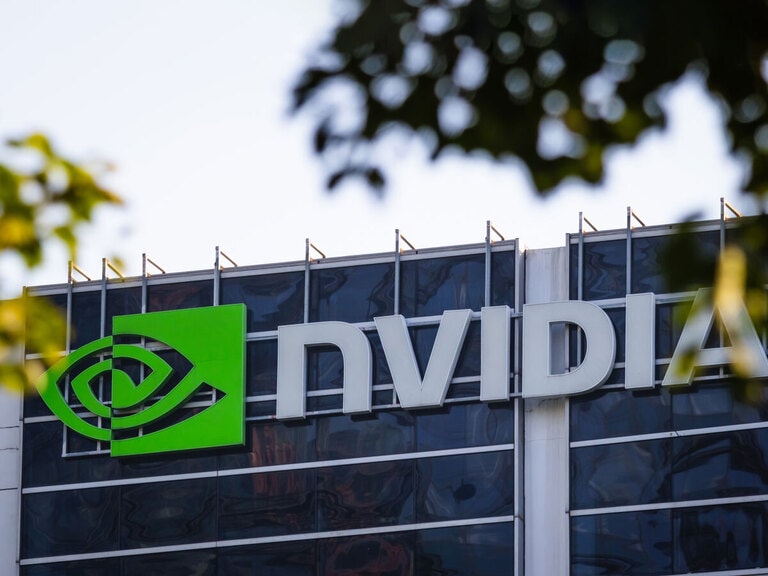Peloton's [PTON] share price rode away with a 395% gain last year, starting 2020 at $30.61 and ending it at $151.72. With the pandemic seeing gym-going office workers suddenly working, and working out, from home, Peloton’s share price rose on an increase in users.
However, 2021 has seen the brakes put on Peloton’s share price gains. The wider tech sell-off, delivery problems and the fact that people may be ditching home gyms when they return to the office once more seem to have dampened enthusiasm in the direct-to-consumer fitness giant.
So, is this a buying opportunity, or is there limited upside in Peloton’s share price?
How is Peloton's share price performing?
2021 has seen Peloton's share price switch to a lower gear. Over the past month, the stock is down 27.49%, with a 27.97% drop recorded for the year-to-date (as of 5 March’s close). Peloton’s share price is trading at $105.13, some distance away from its $171.09 52-week high, and below its $144.64 50-day moving average. That said, it is slightly above its $100.30 200-day moving average (as of 5 March).
Peloton is also a relatively expensive stock, trading at a forward price to earnings multiple of 150.11X with a $31.83bn market cap. To justify the current price, Peloton will need to keep delivering stellar earning results.
How do the fundamentals look?
In second-quarter results released in February, Peloton saw sales climb 128% to come in at $1.06bn, easily trouncing the forecast $1.03bn and marking Peloton's first $1bn quarter.
The outsized results were enough for Peloton to revise its full-year revenue forecast to $4bn, up from $3.9bn. However, it wasn’t enough to stop Peloton’s share price slipping 6.1% in after-hours trading following the results.
For full-year 2021, Wall Street is forecasting Peloton to post earnings of $0.32 a share, a complete turnaround from the previous year's $0.32 loss per share. Revenue is pegged at $4.1bn, up 124.60% from the $1.83bn seen in 2020.
$4.1billion
Predicted full-year revenue - a 124.6% YoY rise
In 2022, revenue growth is forecast to grow 36.1% to come in at $5.58bn. While that is off the pace of the previous year, it's well-above pre-pandemic levels.
What is key for Peloton’s success?
Subscriber numbers could be key to Peloton’s post-pandemic success. In the second quarter, it reported 1.67 million connected fitness subscribers for the third quarter, up 134% from the same time last year. These subscribers pay a subscription to sync their Peloton equipment to the service, rather than joining via an app without the equipment which carries a smaller fee.
For the full year, Peloton expects the number of connected fitness subscribers to hit 2.227 million.
2.227million
Predicted number of connected fitness subscribers for full year
Perhaps the most remarkable point here is that these subscribers are proving loyal, with a net monthly connected fitness churn of under 0.80%. The quarter saw total platform workouts (both connected fitness and digital-only) grow to over 113 million, up from 26 million in the year-ago quarter.
If Peloton is able to keep its subscribers engaged, then it could deliver — especially if it expands its international presence and continues to diversify its product line.
Where next?
One sticking point in Peloton's success story has been the time it takes to get its bikes to the end customer. The delays can be put down to growing pains as the company struggled with the sheer demand in the early days of the pandemic, however, it's something that needs to be addressed if Peloton is to be successful in the long-term.
In a letter to investors, Peloton said it would invest $100m in air and ocean freight over the next six months, something that is bound to put a dent in the profit margins.
“While this investment will dampen our near-term profitability, improving our member experience is our first priority,” the company said.
“While this investment will dampen our near-term profitability, improving our member experience is our first priority” - statement from Peloton
Workers returning to offices and gyms are also bound to have an effect on Peloton’s revenues. How big that impact is will play a part in its growth over the medium term. Should a hybrid approach to office work take off, home gyms across the globe may see continued use — especially from those who have already paid the best part of £2000 for a Peloton bike.
Wall Street also seems confident that there is upside left in Peloton’s share price. Following the quarterly results, Truist raised its estimate to $160, while Needham has a bullish $180 target on the stock.
Among the analysts tracking Peloton's share price on Yahoo Finance, the stock has an average $166.35 target, which would see an impressive 58.2% upside on its current price (as of 5 March’s close).
Continue reading for FREE
- Includes free newsletter updates, unsubscribe anytime. Privacy policy





